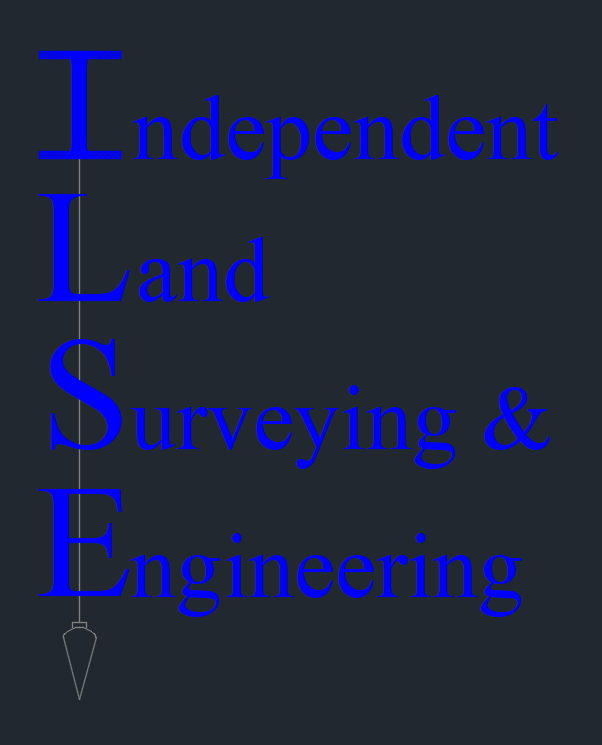FAQ's
Common Answers to Frequently Asked Questions
When to get a Survey
1.) Before you buy, be sure to get a new survey of the property you are buying. The majority of our rural real estate in North Dakota has not been resurveyed in a very long time. Pins set in subdivision plats of the early 1900’s to the 1980’s should be checked and verified by a Licensed Land Surveyor. Many landowners and real estate professionals describe parcels as surveyed when pins appear at boundary locations. Anyone can stick a pipe or pin in the ground. Be sure you know that what you are buying is located within the parameters of your legal description. Contrary to buyer beliefs, title insurance does not insure for encroachments.
2.) Prior to construction. The high costs of construction materials and installing septic systems should be reason enough to get a survey before beginning a project. A survey assures you that your new improvements are being built within your property boundaries. Be sure that your structure is in compliance to local government-required building setbacks. Do not depend on your building contractor to determine your building location in relation to your lot lines unless you are very sure where they are. Contractors are not surveyors!
3.) Do you have legal access into your property? Legal road access is another area that often arises during a real estate transfer. Our area is integrated with all types of road corridors going in and out of rural parcels. These roads often cross adjoining parcels and may or may not have a legal easement to do so. Easements, when written properly, identify centerline location, width, grantor, grantee, transfer rights, and uses. Attorneys and/or title companies will take a very close look at this when interpreting marketability of title.
4.) Before you sell. Providing your realtor with a current survey will definitely improve your chances for a quick, trouble-free transaction. Often, buyers make offers contingent on a survey. This not only adds time to the situation but if any problems arise as a result of the survey, you may lose a good, qualified buyer. Knowing the accurate locations of the property boundaries will also make for a much better presentation by your agent when showing the property.
5.) Taxable acreage verification. At times we have been asked to verify the acreage of a parcel in comparison to assessed acreage. County Assessors require certified surveys in order to make taxable acreage adjustments.
6.) Encroachments. As people build, remodel and expand, the possibilities of building on your neighbor’s property or your neighbor building on yours increases. If you suspect the location of your adjoiner’s improvements there is only one way to prove it: get a survey. Suspicion carries no weight in land boundary disputes. A certified survey showing the locations of the trespass in relation to the boundary is the first step toward resolution.
The Process
We often get calls from potential survey clients who ask us how much a boundary survey will cost. That would be like calling a carpenter and asking how much it costs to build a house without providing them a blueprint. In order for us to produce a quote we must first get a copy of a client’s deed. The deed will have an accurate legal description which is basis of all ownership. Tax statement descriptions are not acceptable as they are often not complete or correct. When we receive a copy of your deed we search our in-house records looking for any previous surveys done by our office in your vicinity (survey costs are typically less when adjoining pins have been previously verified). We then expand our research to other private surveyors, Federal, State or County offices for any information they may have of record. Once all sources have been checked, we provide our client with a written or verbal quote and contract. Depending on the size of the survey project we may require a signed contract and a retainer fee. Upon completion of your survey you will receive a drawing Certified by a Professional Land Surveyor.
